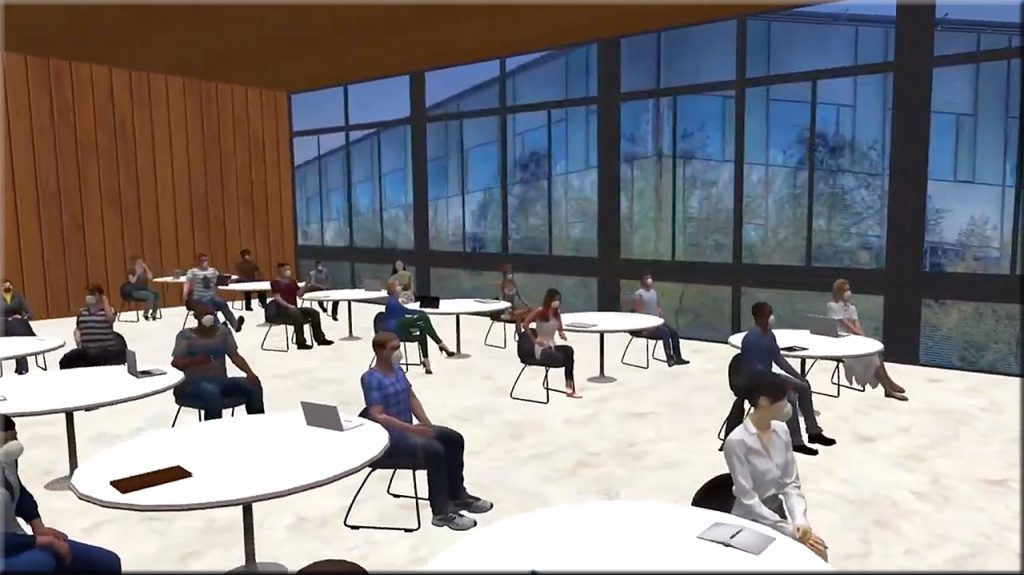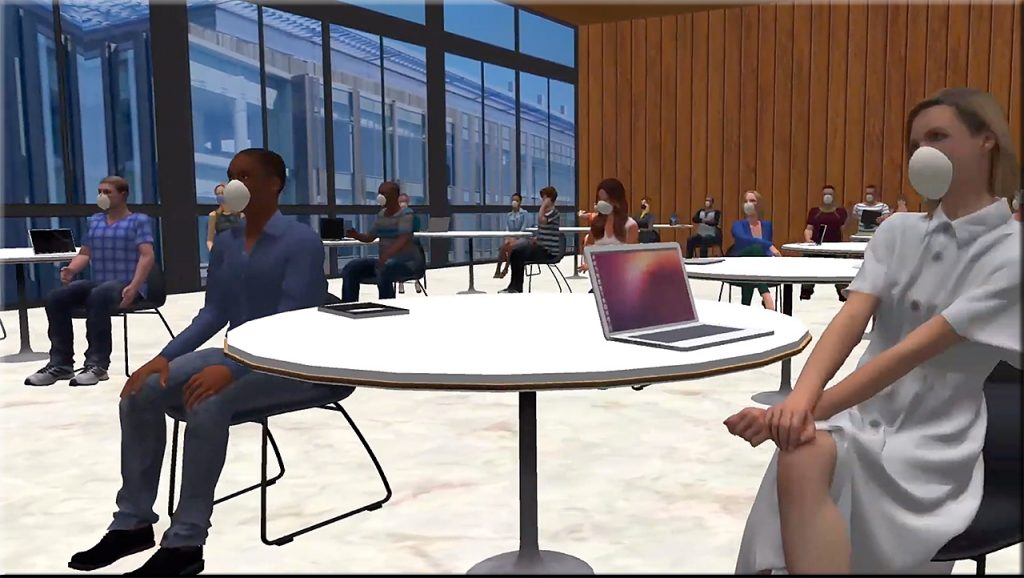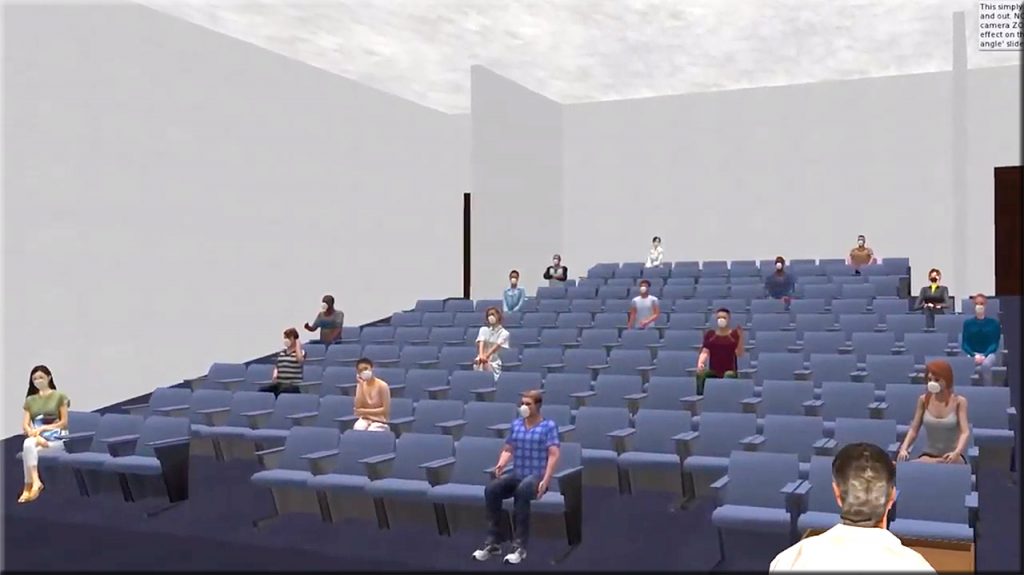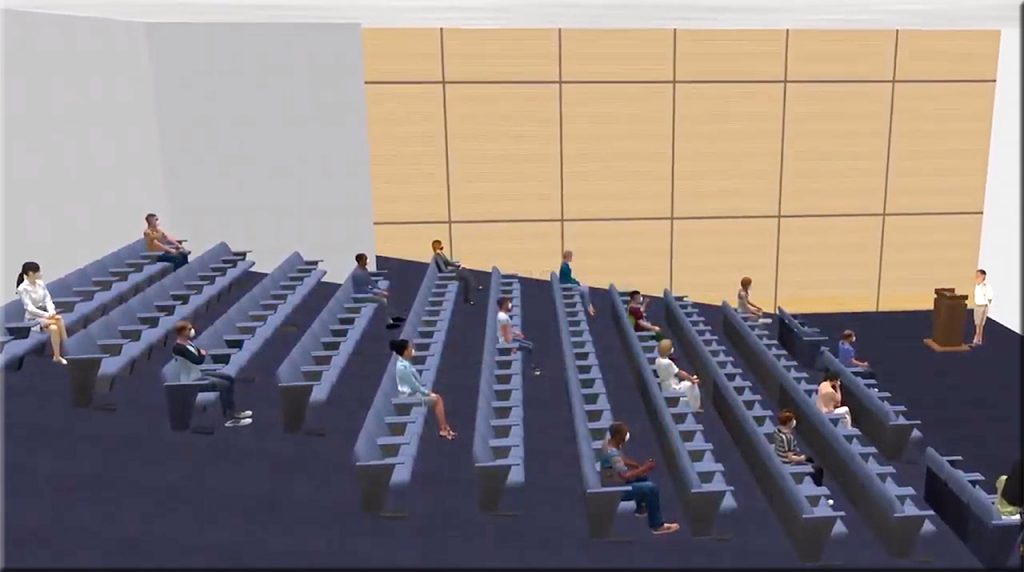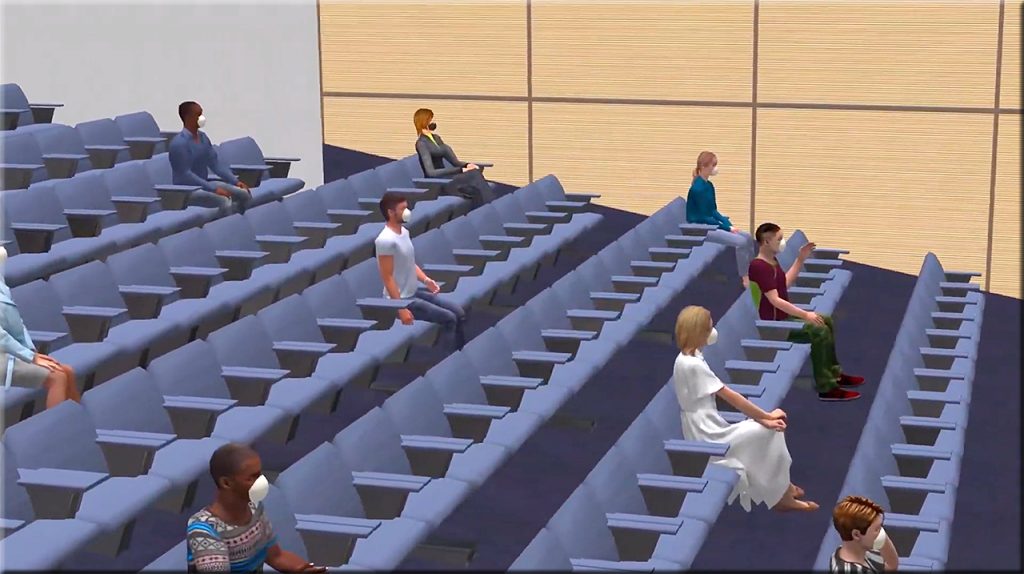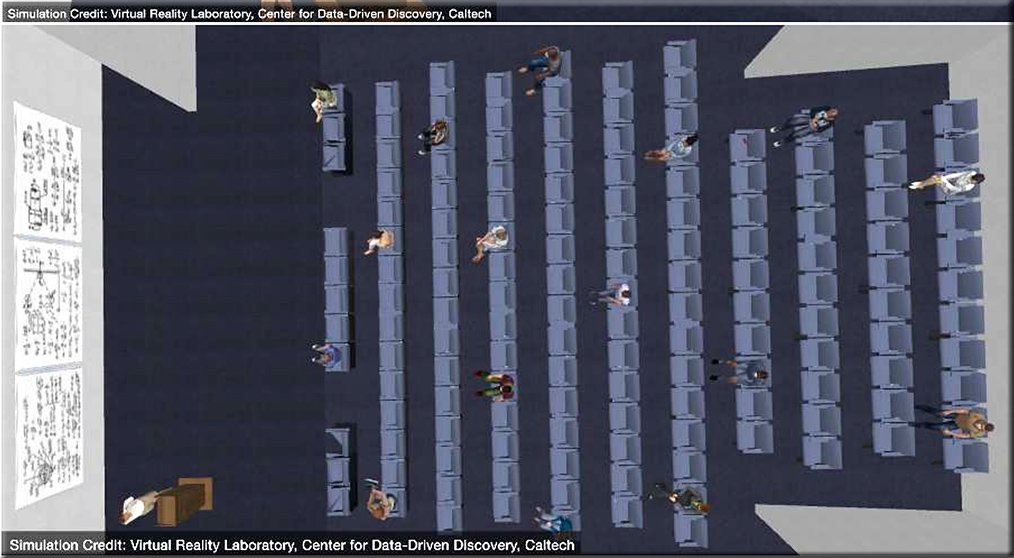The Pandemic May Drive Principals to Quit — from blogs.edweek.org by Lesli A. Maxwell and Denisa R. Superville
Excerpt:
The physical and emotional strain of the coronavirus pandemic is taking a steep toll on America’s principals, with a large share saying they are speeding up plans to retire or otherwise leave the profession.
Forty-five percent of principals said that pandemic conditions are prompting them to leave the job sooner than they had previously planned, according to a new survey from the National Association of Secondary School Principals. A slightly larger share—46 percent—said the pandemic has not changed their plans to stay in or leave the profession.
From DSC:
Stressful times, indeed. What will the pandemic ultimately do to the learning ecosystems related to the school systems, families, and youth within K-12 within the U.S.? It’s hard to say at this point, but time will tell.










